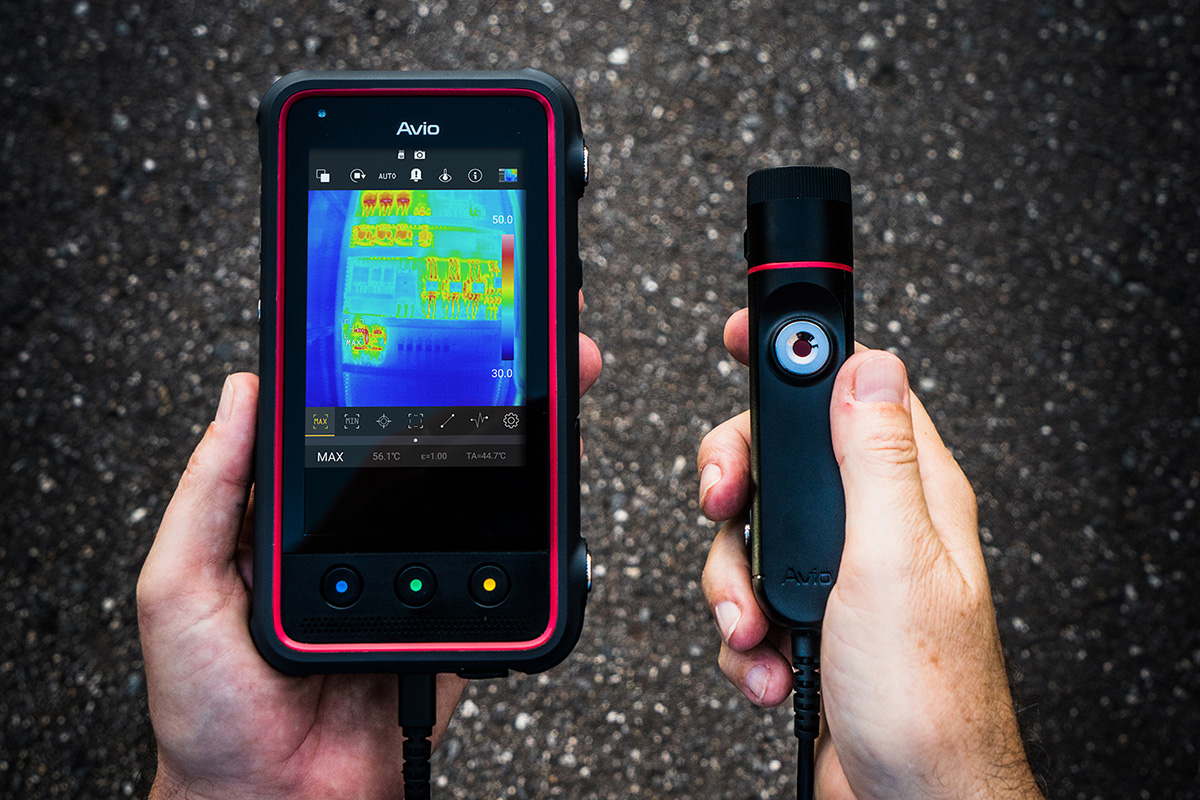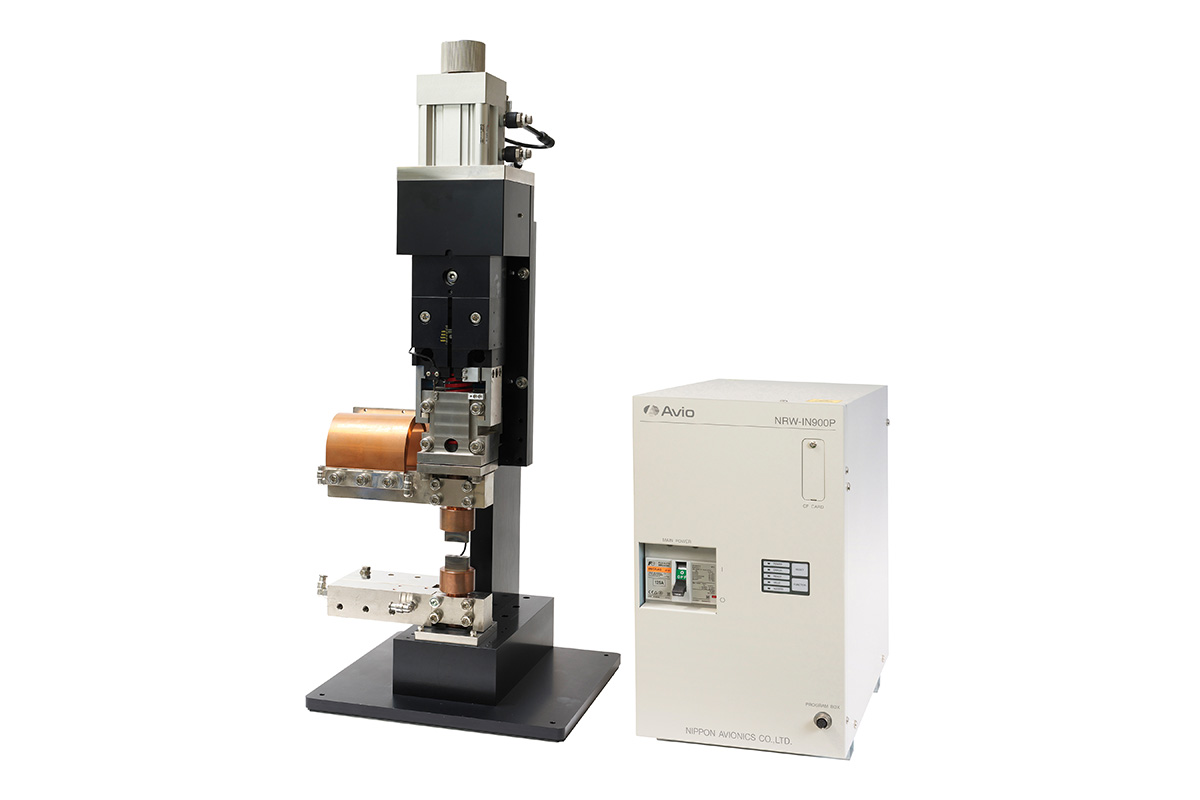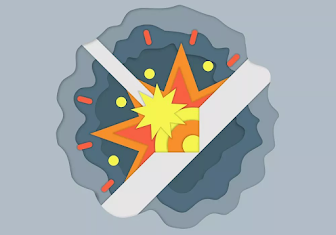Innovations in welding and sensing solutions for a changing world
Nippon Avionics discusses their strengths in reliability and quality, legacy from a joint venture with Hughes Aircraft Company, and their business sections: sensing solutions, welding equipment, and defense systems. They explore AI integration, applications in natural disaster sensing, and advancements in medical technology.
MASATO TAKEUCHI | PRESIDENT OF NIPPON AVIONICS CO., LTD.
Over the last few decades, Japan has seen a rise in regional manufacturing competitors from countries like China, South Korea, and Taiwan, who have replicated Japanese manufacturing processes but done so at a cheaper cost which has forced Japanese companies out of certain mass industrial field, however, we do still see Japanese firms as a leader in niche B2B fields. What do you believe to be the core strengths of Japanese companies that appeal to prospective foreign clients?
The Japanese have always been recognized as reliable from all over the world, and quality is the highest priority disposition as well as their management ability. Japan is less susceptible to the global situation, such as the U.S.-China conflict, the situation in Ukraine, and so on, and is expected to be in relatively stable for economic activities.
Our strength is that we develop our business based on defense technology, which requires a high level of reliability.
Your company was founded in 1960 from a joint venture between Hughes Aircraft Company (HAC) from the US and NEC Corporation from Japan. Can you highlight for us what lasting legacy you still have from this American influence and how it helped you to open your business internationally?
Hughes Aircraft still retains a legacy within our company for defense, and our product is based on Hughes Aircraft’s technology. We work with the customers to develop products that cater to their needs and then work off of that. And we provide reliable products based on it.
Your assignment story is also very interesting because your firm started covering products for public institutes such as the Ministry of Defense or the Japan Aerospace Exploration Agency (JAXA), and you’ve moved on to work with more private offices and industries. Your company splits your activities into three sections; sensing solutions, welding equipment, and defense systems. Going forward, which key industries or applications would you like to evolve further?
We provide products of high customer value to contribute to a safe and prosperous society. Specifically, in the joining products business, we are developing solutions that incorporate AI and provide added value through joining quality inspections. Basically, we use AI systems to inspect the quality of welding and provide reliability and traceability to our customers
In terms of sensing solutions, This technology allows us to be both preemptive and preventive, so we have added AI to our edge treatment processing. This technology allows us to be both preemptive and preventive. Using edge AI we can understand a situation in real time and prevent accidents from happening while also maintaining operations. This additionally lowers costs of operations by monitoring the status of equipment and foreseeing any issues, which we like to say is a solution that detects signs and provides answers.
Japan is an island nation as you know and additionally is along the Pacific Ring of Fire, meaning it is extremely prone to natural disasters. This is an area where our sensor solutions department can really shine and provide solutions to clients for prevention.
With the demographic situation in Japan as it is, another field that has potential for our firm is the medical field. For this reason, we’ve actually developed a thermal camera for the medical field using our expertise in sensor equipment. This is designed to reduce the burden on patients and physicians while offering a wide range of testing applications such as arthritis, diabetes, and vibration disorder detection. This is the only medical thermal camera in Japan and easy to use as well as operate. Right now we are working on rolling out this camera to permanent and mobile medical clinics. I think this area is exciting and poses a lot of new opportunities for our expertise and technology.
Your firm clearly excels at sensing solutions, where you are able to exploit your infrared technology to the utmost and fullest. From security to industrial needs, you are catering to a wide variety of industries. We saw your recent release of the InfReC Thermo FLEX F50 Series, which allows you to measure temperatures automatically with an accuracy of 0.3 to 0.5 degrees Celsius. Going from aerospace solutions to the medical field is quite the jump in terms of applications. How does your expertise in joining solutions and information system business help you enter the medical market?
We have been developing defense systems for over 60 years. We have expanded into various fields based on defense technology, which requires this high level of reliability. In other words, this has not been a rapid transition from one industry to another, but a steady change throughout our history. We combine such existing technologies with new fields to develop our products.

InfReC Thermo FLEX F50
Your firm has created more than 2,500 types of hybrid integrated circuits (IC). As you know, Moore’s Law states that the number of transistors on a microchip doubles every two years, and in the electronics industry we are seeing a trend toward mass miniaturization. However, with this move, some issues have come as a result and there are many challenges pertaining to heat management still remaining. Can you tell us in more detail how your firm is reacting to this trend of miniaturization?
The requirements we get from customers always include added value, and especially in the aerospace sector the requirements can often get very specialized. We are talking about heat and radiation resistance to the highest degree. Defense also requires very specialized technology, and a key component of defense is the ability to make very quick judgments on shooting down other aircraft. Should these systems fail they can all be very fatal.
In our field, there isn’t too much of a requirement in terms of miniaturization, and in fact, I would go as far as to say that we are often forced to produce the same things we were producing 30 years ago for some clients. The key here is keeping the high value and meeting the specialized requests of the customers. On the other hand, in our welding products for the commercial field, we support the miniaturization of customer's products in response to their requirements.
Japan has set a goal of electrification by 2035 requiring all new vehicles to either be EVs, hybrids, or use alternative fuels. In order to meet the ever-growing needs of the automotive industry you recently released a new, highly reliable inverter-type resistance welding machine called the NRW IN900P, which contributes to high-quality connections, ideal for in-vehicle motors for cars and many other applications. Can you introduce to us in a bit more detail some of the key features of your new innovative welding machine?
Yes, this welding machine is designed for the EV market, and it is used mainly for the joining of motors. As you mentioned, the automotive market is changing dramatically, with the biggest being the switch from engines to motors. Those of course require power, and it is important to remember that there are many different types of motors in a car. Think of things like powered windows, windscreen wipers, and many more. If there is a part that requires movement, chances are that it is driven by a motor.
We saw this trend and developed our inverter-type resistance welding machine that specializes in the joining of motors. There are coated wires that need to be joined together which are then joined to a terminal. It is equipped with several control modes allowing for compensation functions during welding. This compensation changes the output level instantly based on external signal input and can be used in combination with displacement sensors.
The conventional method involves just two steps, and honestly, traditional welding is very difficult to do. I think with our project we allow welders to make minute changes, which allows them to much more effectively and efficiently control heat and temperature; two elements that are key in welding. Additionally, with the combination of displacement sensors, we improve the finishing and cut down the time needed for the process. Not only is this product key in welding motors but it is also very good at assisting in quality welding for cable harnesses.

NRW-IN900P
Is this a product that you are looking to release internationally? We know that the more traditional Keiretsu model is being broken up with the transition to EVs, and now there are many new major automotive makers in countries like China and America. Is appealing to these new automakers something your firm is looking to do?
We do have some non-disclosure agreements (NDA) in place right now regarding this particular topic. So it is unfortunate that we can’t talk about it any more. All I will say is that we are working with some international automotive manufacturers.
Japan’s population is the world’s oldest, with one in three over the age of 60 and a low birth rate. In fact, experts are now predicting that Japan’s population will dip below 100 million by 2050. This raises a few issues, those being a labor crisis and a shrinking domestic market. To what extent must Nippon Avionics look overseas in order to secure your business continuity in the future?
Of course, when a company grows, it is inevitable that it will look overseas as a route to further growth, and our company is no exception in this regard.
When we take a look at current joining equipment sales, approximately 30% of joining equipment sales are domestic and approximately 70% are overseas. These overseas sales include sales to Japanese companies that have established production overseas through their domestic operations.
In terms of defense, up until recently, there were policies in place that limited our options for overseas expansion but those policies have now changed. When we see a chance we want to explore the possibilities with some of our defense products as well.
A lot of companies that we’ve interviewed have mentioned partnerships as an essential part of developing new products and penetrating new markets. What role do partnerships play in your business model and are you looking for any partnerships overseas?
I think the key is going to be distributors and growing our network of distribution partners around the world especially in key markets. The US in particular used to be the number one market in the world, although that is changing. I think in terms of targets the United States still is our main one.
We established a sales office in Thailand and that is because when we work with a distributor there is a limit to the amount of business we can do. By having our own direct personnel we can get more information about the requirements and needs of certain markets. This Thai office has done well for the company so discussions have now shifted to establishing more satellite offices around Southeast Asia.
20 years ago we actually had one subsidiary in the United States but unfortunately, that didn’t work out in the end. We think however that now might be the right time for a new subsidiary or some joint ventures.
Are you talking specifically about Southeast Asia?
While technology is currently developing in both the U.S. and Europe, much of the automotive industry is U.S.-based, so we feel that we need to prioritize our business around the U.S. now, and then take the next step when opportunities arise in Southeast Asia. I would say that we are currently in the middle of the ascertaining process.
Japan is a country known for its innovation and R&D In fact, Japan is probably the number one country in the world in terms of R&D spending, with investments totaling 3% of the country’s GDP. This is even more significant when you compare that to the US spending 1.5% of their GDP and China spending 2%. With that in mind, what is the current focus of your R&D activities, and are there any new products or developments that you would like to showcase for us today?
We do recognize the value in some of the new emerging materials in electronics and semiconductor manufacturing such as gallium nitride (GaN). We are researching the soldering for GaN systems and next-generation silicon carbide and gallium nitride power semiconductors.
Traditionally when you weld you always weld metal to metal or plastic to plastic. We are actually in the process of developing a way to weld metal to plastic or plastic to metal. It is really difficult to do but I think it will be an important development for the society in general.
Imagine that we come back in 2030 and have this interview all over again. What goals or dreams do you hope to have achieved by the time we come back for that new interview?
As you’ve mentioned today, we were a subsidiary of NEC Corporation and HAC and in 2019 we became fully independent. That was the moment in time when our company became more free. Being under the umbrella of a big company is difficult. I think in terms of goals personally, making my employees happy and satisfied with their work is number one. For the future we want those employees to be working in a more sustainable way. Of course, I would be lying as well if I didn’t say that increasing profit is another goal of mine. One final goal is to upgrade our working environment we are about increasing engagement to make them more comfortable for all working here.
Tumblr : https://x-i.me/weltwt
Twitter : https://x-i.me/weltut
Facebook : https://x-i.me/welfb
#sciencefather #WeldingInnovation
#AdvancedWelding
#WeldingTech
#InnovativeWelding
#WeldingRevolution
#FutureWelding
#WeldingProgress
#AdvancedWelding
#WeldingTech
#InnovativeWelding
#WeldingRevolution
#FutureWelding
#WeldingProgress
#welding technology
#innovations
#trends

Comments
Post a Comment